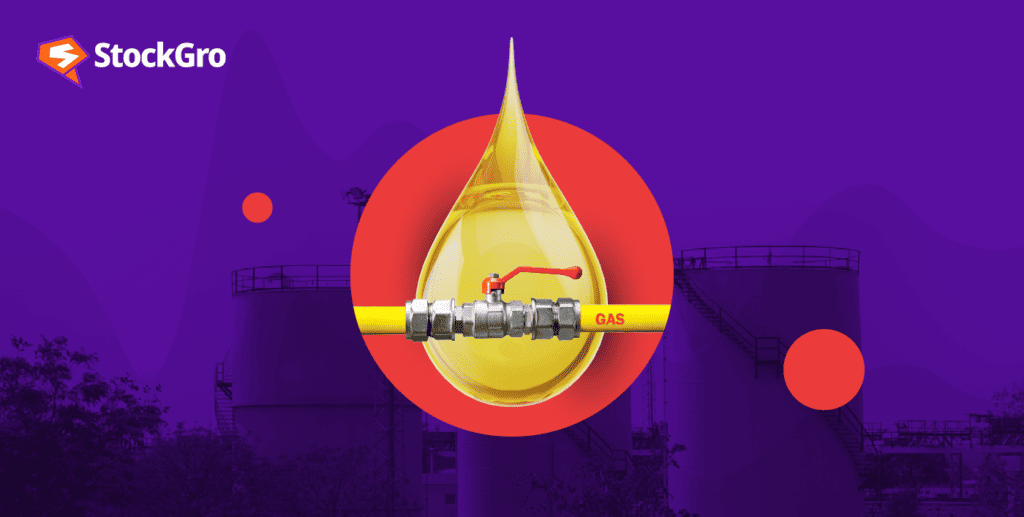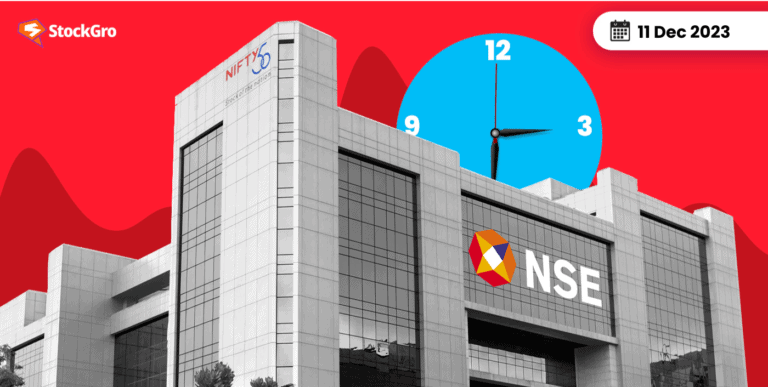
In India, the oil and gas industry is one of the eight core sectors, which significantly impacts the overall economic scenario.
Since India’s energy consumption is directly connected with its economic development, the country is expected to need more oil and gas, making the market favourable for investment. As of 2022, India continued to rank third globally in oil consumption.
Today, India uses more fundamental energy resources, such as petroleum, coal, and natural gas, due to its developing economy and rising population. With that being said, let’s have an in-depth look at India’s oil and gas industry – how it started, its current growth, and what the future holds for this industry.
Let’s begin!
You may also like: The pharmaceutical industry in India and its contribution to the world
Oil and gas industry: What does it mean?
Due to their position as the world’s leading fuel sources, oil and natural gas are essential energy sources and significantly impact global commerce. The core of the oil and gas industry, also referred to as the energy sector, is discovering, developing, and refining crude oil and natural gas.
Extracting oil and gas involves many steps, including finding a resource, moving it to a refinery, and processing it into a finished commodity that can be sold.
History of the oil and gas industry in India
The discovery of the country’s first oil reserves in 1889, near Digboi in the state of Assam, marked the start of the country’s petroleum sector. In the 1960s, the Indian natural gas industry commenced by discovering natural gas reserves in Maharashtra and Assam.
At 0.50 million metric tonnes per year (MMTPA), Digboi’s refinery was the only one operating. Other oil giants followed ESSO in 1954 in establishing refineries, with the current HPCL facility in Mumbai being the first modern refinery developed after independence.
The refining industry in India has grown dramatically over the years. The nation became self-sufficient in refining from a deficit situation in 2001 and is now a significant exporter of high-quality petroleum products.
With 23 refineries already operating, India is a refining powerhouse today, with a refining capacity of 253.92 MMTPA. Plans are underway to expand by attracting foreign investment in export-oriented facilities such as product lines and export terminals. By 2030, India wants to boost its capacity for refining to 450 MMTPA.
The gas and oil industry in India today
India is the second-biggest refinery in Asia, with a capacity of 253.91 MMT as of April 2023. Roughly 35% of the overall refining capacity is managed by private enterprises.
In FY 21-22, total domestic consumption of petroleum products increased significantly, reaching 204.7 million metric tonnes, as did the distribution and production of petroleum in India. FY 2021–2022, there were 254.3 million barrels of petroleum products produced.
In June 2023, India’s crude oil production was 2.43 million metric tonnes (MMT), up from the 2.4 MMT recorded during the same time last year. According to PPAC statistics, the total amount of petroleum products produced in June 2023 was 23.1 MMT, 4.6% more than in June 2022.
Below, we can see the stock market index that tracks the oil, gas, and petroleum industries: the Nifty Oil & Gas Index. (Values as of December 7, 2023)
Also read: The role of the energy sector in powering India’s growth.
Future of the oil and gas sector in India
In FY22, crude oil usage was 202.7 million tonnes; by FY40, it is projected to reach 500 million tonnes, an increase of 5.14% CAGR. Analysts predict that by 2050, India will have increased its oil consumption from 4.05 million barrels per day (MBPD) in FY22 to 9.2 MBPD in 2050, from 7.2 MBPD in 2030.
After reaching 174 million cubic meters per day (MCMPD) in 2021, the use of natural gas is expected to reach 550 MCMPD by 2030, an increase of 12.2% annually.
The diesel market in India is projected to reach 163 MT by 2029-30, and by 2045, petrol and diesel will account for 58% of India’s oil consumption. Rapid economic growth and increasing urbanisation indicate that demand is not going anywhere soon.
Diesel consumption has been on the rise since March 2023 for several reasons, including an increase in energy production and industrial uses and an upsurge in construction, commercial, and agricultural operations.
As India’s gross domestic product (GDP) climbs to US$ 8.6 trillion by 2040, the IEA (India Energy Outlook 2021) estimates that the country’s leading energy consumption will almost double to 1,123 million tonnes of oil equivalent.
Top oil and gas companies in India
Oil India and ONGC Videsh, two well-known companies in the oil industry, were promoted by the Finance Ministry this year to the Maharatna and Navratna categories of central public sector enterprises (CPSEs), respectively. With the new status, the companies will be able to make important decisions themselves, both nationally and globally.
The status of “Maharatna Company” is given to only specific public sector enterprises. This ensures that the companies are able to receive funds up to INR 5,000 crore. On the other hand, companies that are given “Navratna” status are eligible to receive funds up to INR 1000 crore.
With that being said, let’s look at the list of the top oil and gas companies in India comprising the NIFTY Oil & Gas Index, ranked by market capitalisation (As of December 7, 2023). These are the big names in the market when it comes to the leading petroleum companies in India or crude oil companies in India.
| Company | Last price (₹) | Market cap (₹ cr) | Net profit (₹ cr) |
| Reliance | 2,457.05 | 1,662,405.98 | 43,017.00 |
| ONGC | 198.90 | 250,221.75 | 38,828.87 |
| Oil India | 316.55 | 34,326.85 | 6,810.40 |
| Petronet LNG | 212.80 | 31,920.00 | 3,239.94 |
| Jindal Drilling | 845.00 | 2,448.90 | 111.82 |
Also read: The past, present, and future of the Indian agriculture industry
Conclusion
In response to the rising demand, the government also implemented a number of regulatory measures. Multiple areas of the industry, like oil refineries, natural gas, and petroleum-based goods, have been able to draw 100% foreign direct investment (FDI) as a result.
Because of this link between India’s energy demands and economic development, there will likely be a greater demand for oil and gas in the coming years as well. This will undoubtedly make the sector attractive to new investors.

